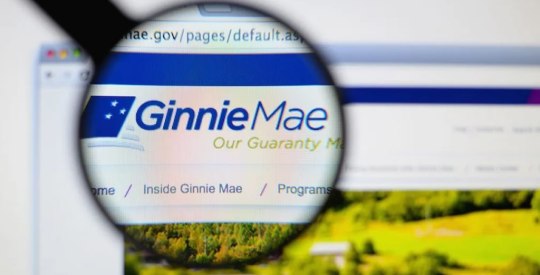Last week, structured finance analysts at Wells Fargo released this outlook report for private and agency mortgage-backed securities. The entire outlook can also be downloaded by following that link.
As with 2017, the Wells Fargo analysts see central bankers continuing to dominate mortgage bonds for another year.
Now S&P Global Ratings is releasing its forecast and explains that, despite misrepresentations in the media, they say, the non-QM loans of today are not simply a reincarnation of non-prime or even subprime products which proliferated before the Great Recession.
In fact, the ability of these mortgages to reach homeowners otherwise unable to obtain home financing through conventional channels means the market potential is huge.
In order to draw this conclusion, S&P collected data from 6 rated non-QM deals and extracted average values of collateral and loan characteristics to understand how non-QM loans differ from pre-crisis subprime, Alternative-A (Alt-A), and prime jumbo loans.
As a result, confidence in non-QM performance will continue to grow: “We expect the non-QM market to double, or even triple, in size in 2018. We also think that as it continues to evolve and become more liquid, securitization will become more efficient and spreads should tighten,” S&P said in an email.
According to the report, the ability-to-repay (ATR) and qualified mortgage (QM) rules aim to curtail risky lending by helping lenders assess a home buyer's ability to repay a mortgage loan and by prescribing specific loan attributes that clarify how originators can stay within the guidelines.
"While non-QM loans still need to satisfy the ATR rule, they deviate in one or more ways from the Consumer Financial Protection Bureau's QM guidelines, making the risk of legal liability more uncertain than with QM lending," said global structured finance research senior director Tom Schopflocher.
"One of the important features of non-QM that distinguishes it from the historical loan types, including subprime and Alt-A, is the absence of risk layering,” Schopflocher said.
Here’s the meat of their prediction:
Given improved underwriting, ostensible off-setting risk factors, and wide spreads, it appears as though non-QM lending should give rise to a healthy new market that provides funding for would-be borrowers who have been on the sidelines for years, having been unable to qualify for a conventional loan.



